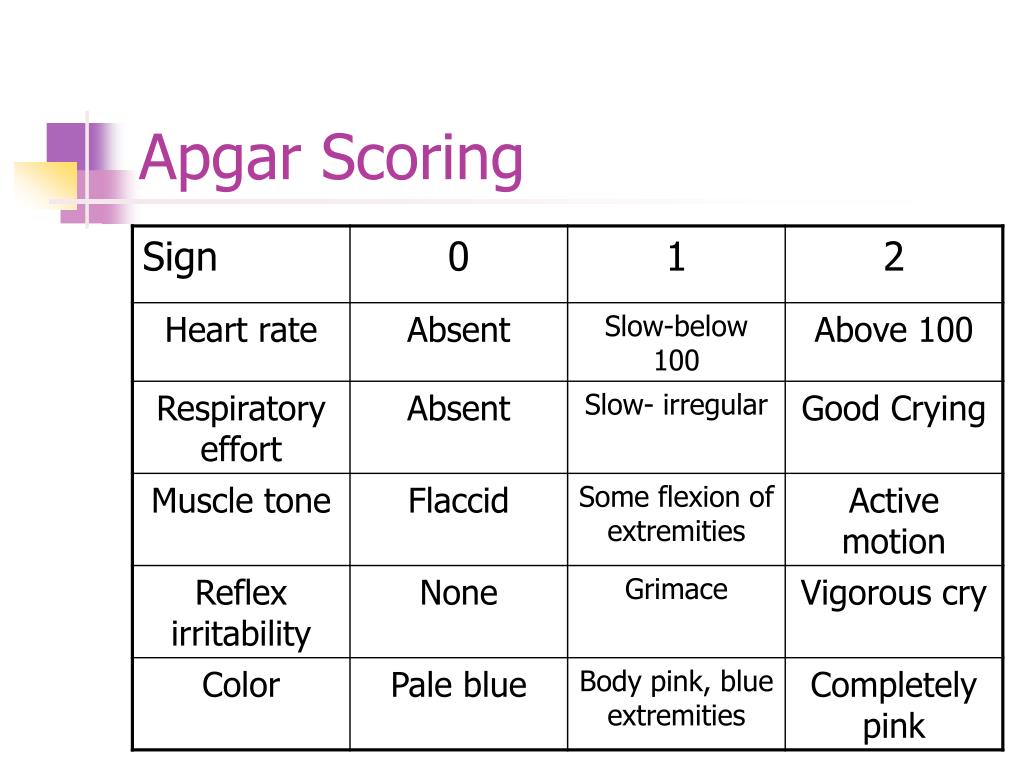
If you believe you or your child may be entitled to compensation following a birth injury, you can find out more on our birth injury claims page. If you are looking for additional information and support on birth injuries and other causes of low Apgar scores, there are a number of organisations and resources that may be useful to you: How can I find more information on birth injuries? This can help to pay for any lifestyle adjustments you need to make to ensure your child has the happiest and most comfortable life possible. If your child has been the victim of such negligence, you may be entitled to claim compensation. It is devastating to learn that your baby will have a long-term medical condition, and even more so when that condition arises as the result of clinical negligence on the part of a medical professional. If the baby’s Apgar score remains low after tests at five and ten minutes after birth, there is a risk that the child will suffer a brain injury or long-term neurological damage, which can result in cerebral palsy and other conditions. Doctors will continue to administer emergency medical care to the baby until their condition improves and symptoms abate. With the right medical intervention, many babies’ scores will increase at five minutes after birth, but there can still be long-term problems associated with a low Apgar score. This can be associated with many different conditions. A low score most often means that a baby is having trouble breathing or has an abnormal heart rate, which may mean that the medical team needs to administer oxygen or clear out airways, or to stimulate the baby’s heart until it beats regularly.Īpgar scores lower than 4 suggest the baby needs urgent medical attention. However, this is a very common symptom in babies immediately after they are born and does not indicate a problem unless combined with other symptoms.īabies born prematurely, those who were born via a caesarean section, and those whose deliveries were complicated generally have slightly lower Apgar scores initially which then pick up, but this is to be expected and is not usually a cause for concern.Īn Apgar score of between 4 and 6 is considered moderately abnormal, and the baby may require medical intervention. Scores of 10 are unusual, because most newborns will lose points for having blue hands and feet. Grimace (responsiveness or reflex irritability)Ģ points - Pulls away, sneezes, coughs or cries with stimulationġ point - Facial movement only (grimace) with stimulationĠ points - Absent (no response to stimulation) Activityġ point - Arms and legs flexed with little movementĠ points - No movement/floppy muscle tone RespirationĢ points - Normal rate and effort, strong cryġ point - Slow or irregular breathing, weak cryĪs stated, the majority of newborns are scored between 7 and 10, meaning they do not require any immediate treatment. AppearanceĢ points - Normal colour all over (hands and feet are pink)ġ point - Normal colour (but hands and feet are blueish)Ġ points - Blueish-grey or pale all over PulseĢ points - Normal (above 100 beats per minute)

Below, we have included more information about what each score might indicate about the health of the baby. In each category, medical professionals look for specific symptoms before calculating the baby’s score. Below, we have detailed how the scores are calculated and what they indicate about the health of the baby. On average, a healthy baby will score between 7 and 10 on the scale. Respiration (breathing rate and effort)Įach of the criteria is given a score of 0, 1 or 2 and then added together to generate a total score out of 10.Each category is named based on a letter from Apgar’s name, to make the test easier for practitioners to remember and administer.

The Apgar score test monitors five different elements that can be used to monitor the overall health of a newborn baby. Here, the medical negligence solicitors at Potter Rees Dolan explain what the Apgar score measures, what the individual scores mean for the health of your baby, and what to do if negligence has caused an injury to your baby.

The test is repeated at five minutes after the birth of the baby to assess whether the child’s condition has improved, and if the score is still low after five minutes, the test may be repeated again at 10 minutes after birth. The test is taken at one minute after birth, and again at five minutes after birth, by a doctor, midwife or nurse in the delivery room.Ī low score can indicate that the baby may be in poor health or has sustained a birth injury, and that medical treatment may be necessary. The Apgar score, developed in 1952 by an anaesthesiologist called Victoria Apgar, is a quick check designed to determine the physical condition of a newborn baby.


 0 kommentar(er)
0 kommentar(er)
